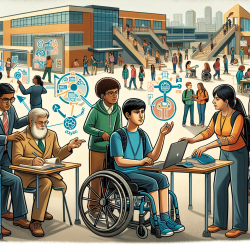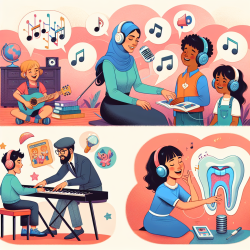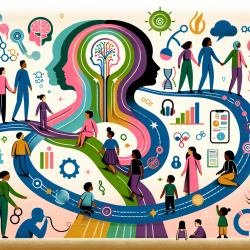Transition planning is a crucial aspect of special education, aiming to prepare students with disabilities for life after high school. The National Longitudinal Transition Study-2 (NLTS2) provides valuable insights into how transition planning can effectively support these students.
Understanding Transition Planning
The Individuals with Disabilities Education Act (IDEA) mandates that transition planning be included in the Individualized Education Programs (IEPs) of students with disabilities starting at age 14. This process involves setting goals for postsecondary education, employment, and independent living, and identifying the services and supports needed to achieve these goals.
Key Components of Effective Transition Planning
- Start Early: Begin transition planning by age 14 to allow ample time for goal setting and preparation.
- Involve All Stakeholders: Engage students, parents, educators, and external agencies in the planning process to ensure a comprehensive approach.
- Focus on Individual Goals: Tailor the plan to meet the specific needs and aspirations of each student, whether it involves college, vocational training, or employment.
- Identify Necessary Supports: Determine the accommodations and services required for postsecondary success and establish connections with relevant agencies.
The Role of Schools in Transition Planning
Schools play a vital role in facilitating transition planning. They are responsible for initiating the process, coordinating meetings, and ensuring that IEPs reflect the student's transition goals. Additionally, schools should provide instruction focused on developing self-determination skills, which empower students to take charge of their future.
Challenges in Transition Planning
Despite its importance, transition planning faces several challenges. These include varying levels of student involvement, differences in available resources across schools, and disparities in how well plans are tailored to individual needs. Addressing these challenges requires commitment from all parties involved and a focus on continuous improvement.
The Impact of Transition Planning on Students' Lives
Effective transition planning can significantly impact students' lives by enhancing their readiness for adulthood. It equips them with the skills and knowledge needed to pursue further education or enter the workforce confidently. By fostering independence and self-advocacy, transition planning helps students lead fulfilling lives beyond school.
For more information on transition planning for students with disabilities, please follow this link.










